Effective Ways to Keep Indoor Plants Gnats-Free
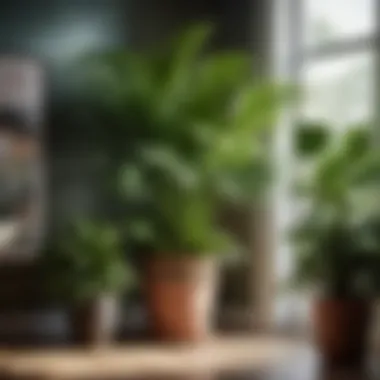
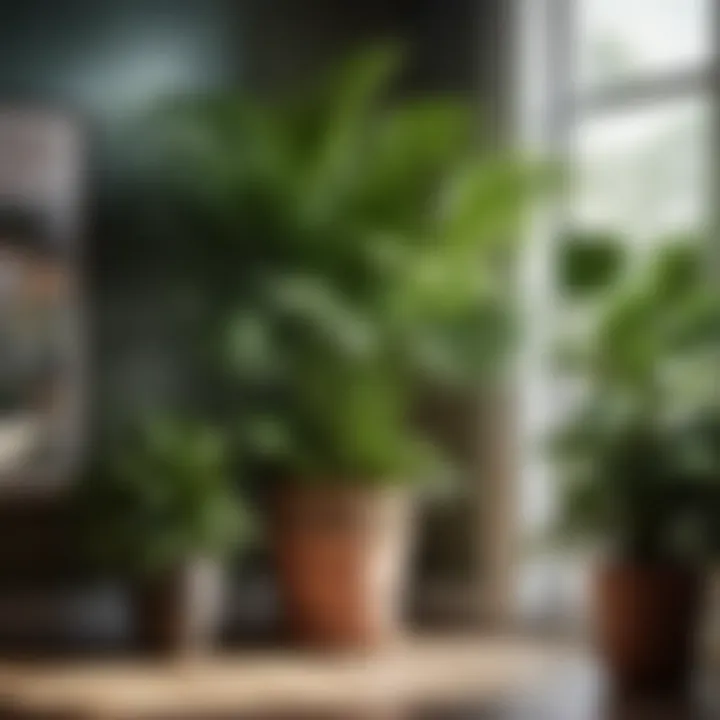
Materials:
- Neem oil
- Sticky traps
- Sand
- Hydrogen peroxide
- 1-gallon container
Understanding Gnats in Indoor Plants
Understanding gnats in indoor plants is crucial for maintaining a healthy and thriving indoor garden. Gnats, commonly known as fungus gnats, are small flying insects that can infest soil and cause damage to plants. By identifying and comprehending gnats in indoor plants, individuals can effectively prevent infestations and safeguard their greenery. This section delves into the physical characteristics and behavioral patterns of gnats, shedding light on their impact on plant health.
Identifying Gnats
Physical Characteristics of Gnats:
Physical characteristics play a significant role in identifying and understanding gnats. Fungus gnats are typically tiny insects, measuring around 1/8 inch in length, with slender bodies and long legs. They have dark bodies and translucent wings, making them distinguishable from other pests. These features aid in distinguishing gnats from other insects commonly found in indoor plants. Understanding the physical characteristics of gnats enables individuals to target them effectively with appropriate prevention methods.
Behavioral Patterns of Gnats:
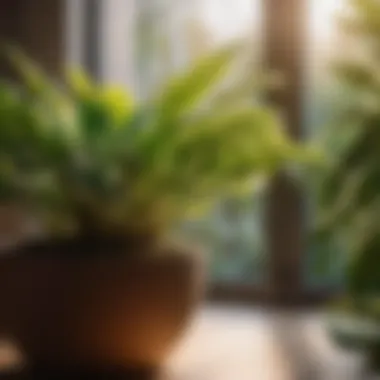
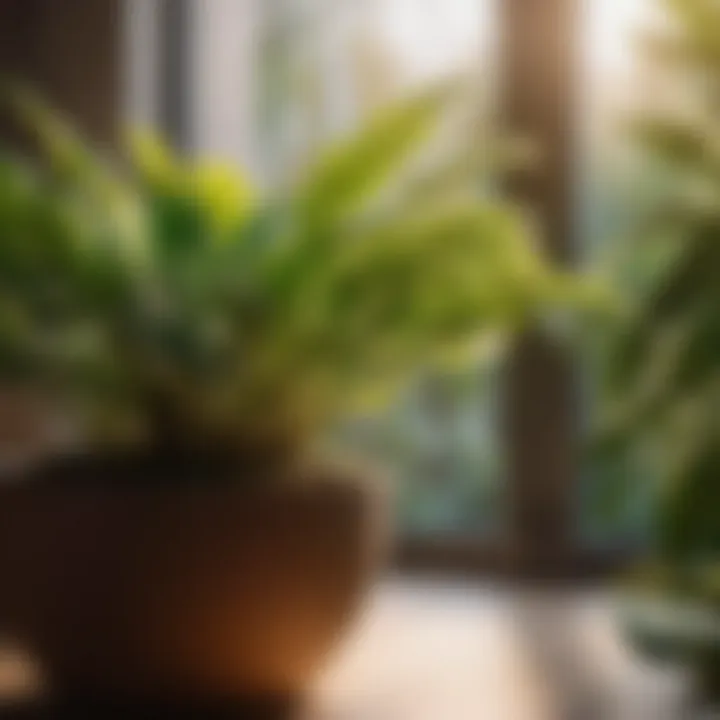
In addition to their physical attributes, understanding the behavioral patterns of gnats is crucial for combatting infestations. Gnats are attracted to moist environments, particularly soil with excessive moisture levels. They lay their eggs in damp soil, leading to the rapid reproduction of larvae. Gnats exhibit a distinctive hovering behavior around plants, especially when disturbed. By recognizing these behavioral cues, individuals can take proactive measures to mitigate gnat populations and protect their indoor plants.
Impact of Gnats on Indoor Plants
Deterioration of Plant Health:
Gnats pose a significant threat to indoor plants by accelerating the deterioration of plant health. The larvae feed on organic matter in the soil, disrupting nutrient uptake and root development. This results in stunted growth, yellowing leaves, and overall plant weakness. Additionally, gnats can transmit diseases between plants, further compromising their vitality. Understanding the detrimental effects of gnats on plant health underscores the importance of implementing preventive measures to preserve indoor greenery.
Root Damage Caused by Gnats:
One of the most detrimental consequences of gnat infestations is the root damage inflicted on plants. As gnats populate the soil and feed on organic material, their larvae target plant roots, causing harm and inhibiting proper growth. Root damage leads to diminished root function, impeding water and nutrient absorption. Ultimately, this results in weakened plants that are susceptible to wilting and eventual death. Recognizing the severity of root damage caused by gnats emphasizes the need for proactive intervention to safeguard the root systems of indoor plants.
Preventive Measures Against Gnats
In this section, we delve into the crucial topic of preventive measures against gnats concerning indoor plants. Gnats can pose a significant threat to the health and well-being of your indoor greenery, making it imperative to take proactive steps to combat these pests. By implementing effective preventive measures, you can safeguard your plants and maintain a gnat-free environment within your living space.
Optimal Watering Practices
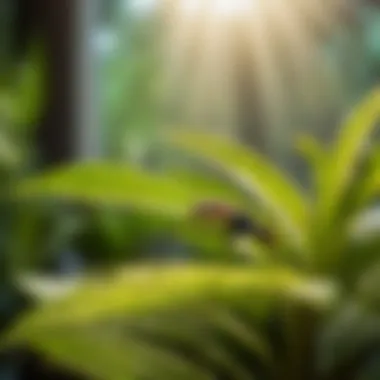
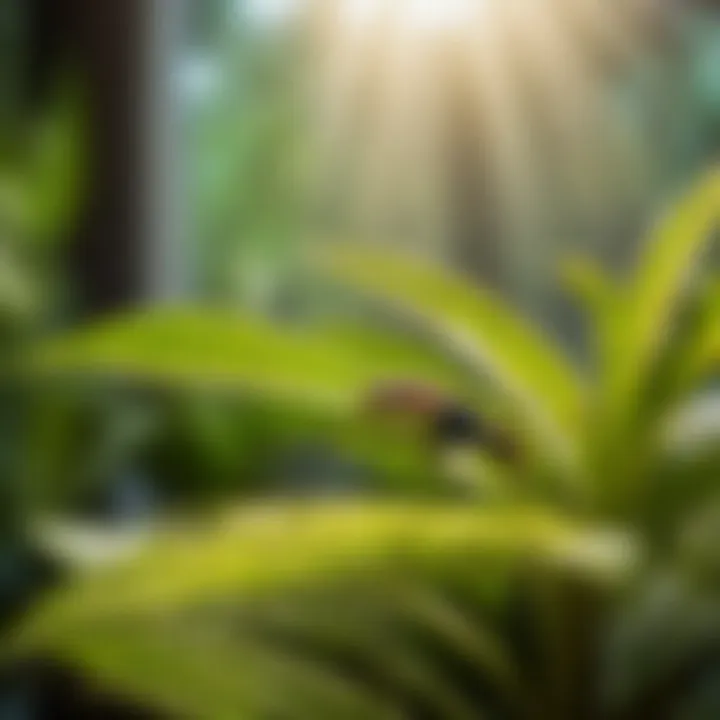
Avoid Overwatering
When it comes to preventing gnats in indoor plants, avoiding overwatering is paramount. Overwatering creates excessively moist conditions in the soil, providing an ideal breeding ground for gnats. By limiting the frequency and volume of water your plants receive, you can inhibit gnat infestations and promote healthy plant growth. This practice also prevents root rot and other moisture-related issues, ensuring the overall vitality of your indoor plants.
Allow Soil to Dry Between Waterings
Allowing the soil to dry out between waterings is another essential aspect of maintaining gnat-free indoor plants. This practice helps break the gnat lifecycle by disrupting their ability to lay eggs and thrive in consistently damp environments. By adopting a wait-and-see approach to watering, you can help your plants develop stronger root systems and reduce the risk of gnat infestations significantly.
Proper Plant Care Techniques
In this section, we explore the significance of proper plant care techniques in preventing gnats from infesting your indoor plants. Regular pruning of infected areas plays a key role in removing gnat-attracting elements and enhancing the overall health of your plants. By promptly identifying and removing affected plant parts, you can prevent gnats from spreading and causing further damage.
Promoting plant health through nutrition is another crucial strategy for mitigating gnat infestations. Providing your plants with adequate nutrients strengthens their natural defenses, making them less susceptible to pest attacks. By ensuring your plants receive the necessary nutrients, you can cultivate a robust indoor garden that is resilient against gnat invasions.
Soil Management Strategies
Effective soil management is essential for deterring gnats from your indoor plants. Using well-draining soil mixtures helps prevent water accumulation, which is favorable for gnat reproduction. Well-draining soils facilitate proper aeration and moisture control, creating an inhospitable environment for gnats to thrive. Additionally, adding gnat-repelling substances to the soil can further fortify your plants' defenses against these troublesome pests.
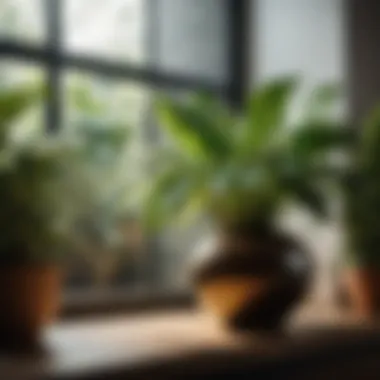
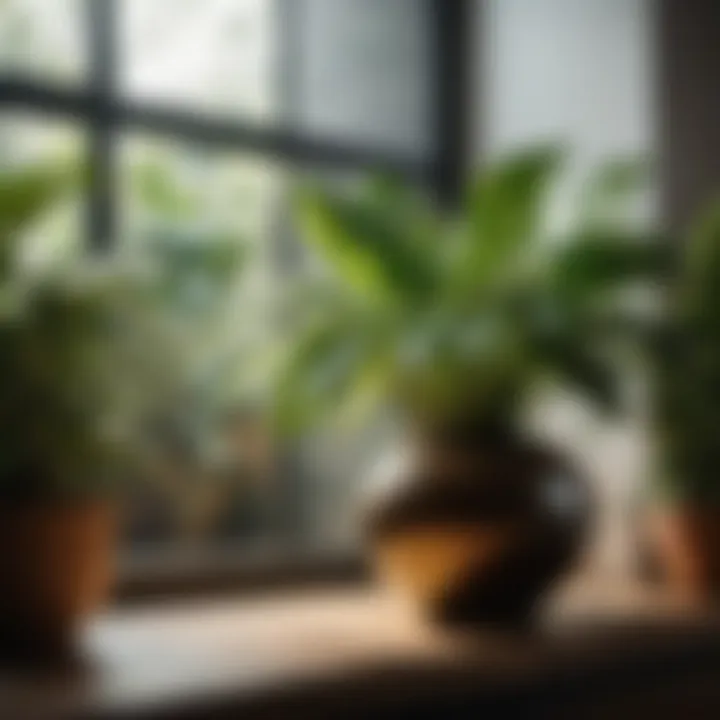
Natural Gnat Deterrents
Introducing beneficial insects to your indoor garden can serve as a natural gnat deterrent. Beneficial insects feed on gnat larvae and adults, helping to reduce gnat populations without the use of harmful chemicals. This eco-friendly approach not only keeps your plants safe but also promotes a balanced ecosystem within your indoor environment.
Placing gnat-trapping solutions strategically around your plants can also aid in controlling gnat infestations. Traps attract and capture adult gnats, diminishing their numbers and curbing their ability to reproduce. By incorporating these natural gnat deterrents into your plant care routine, you can effectively safeguard your indoor plants from these pesky pests.
Regular Monitoring and Maintenance
In the realm of cultivating indoor plants, regular monitoring and maintenance stand as pillars of ensuring optimal plant health and vitality. This crucial aspect of plant care entails consistent observation and timely intervention to safeguard against potential gnat infestations. By implementing a routine schedule for monitoring and maintenance, housewives and homeowners can proactively address any issues before they escalate, promoting a thriving indoor garden ecosystem. Regular monitoring and maintenance serve as preemptive measures to uphold the well-being of indoor plants, allowing individuals to enjoy a pest-free environment enriched with lush greenery.
Inspection Routine
Checking Soil Moisture Levels
Checking soil moisture levels is a fundamental component of the inspection routine when combating gnat infestations in indoor plants. This practice involves assessing the dampness of the soil to prevent overwatering, a condition that often attracts gnats. By ensuring the soil is adequately moist but not waterlogged, individuals can create an inhospitable environment for gnats to thrive. Checking soil moisture levels is a reliable method to maintain plant health and prevent pest infestations. This meticulous attention to soil moisture levels contributes significantly to the success of gnat prevention strategies, offering a proactive approach to plant care.
Observing Plant Foliage for Signs of Infestation
Observing plant foliage for signs of infestation complements the inspection routine by enabling individuals to identify early indicators of gnat presence. By keenly observing the plant's leaves, stems, and overall appearance, housewives and homeowners can detect any abnormal changes indicative of a gnat infestation. These signs may include wilting foliage, yellowing leaves, or tiny flying insects around the plant. By promptly recognizing these symptoms, individuals can take immediate action to mitigate the infestation and prevent further damage. Observing plant foliage provides valuable insights into the overall health of indoor plants, allowing for targeted intervention strategies to combat gnat infestations.
Prompt Action Against Gnats
Prompt action against gnats is imperative in maintaining a gnat-free indoor environment and preserving the well-being of plants. This proactive approach involves swift and decisive measures to address gnat infestations as soon as they are identified. By isolating infected plants from healthy ones, individuals can prevent the spread of gnats and protect unaffected vegetation. Isolating infected plants minimizes the risk of widespread infestations, safeguarding the overall health of the indoor garden. Utilization of organic pest control methods further enhances the effectiveness of prompt action against gnats, offering natural and eco-friendly solutions to eliminate pests. By incorporating these strategies into their plant care routine, housewives and homeowners can ensure a pest-free and thriving indoor garden ecosystem.







